SITUATION WITH OUTSTRECHED ARM, Trafó, 28.09.2019, 8 pm
A Hungarian state secretary posted a photo on Facebook some days ago. It was taken at the opening ceremony of the new academic year at the National University of Public Service. There were four students there, representing each faculty (one in a military uniform), taking an oath. It reminded me of my own diploma ceremony when I had to come to a podium, put my two fingers on a scepter and swear to use my knowledge for the prosperity of society. But the tiny little difference is that the NUPS students don’t put their fingers on the scepter. They don’t even touch it. They just stretch their one arm in its direction. It triggered a very heated discussion in the comments section.
Hey people, you overreact, some of these comments say. It’s a usual ceremony at a uni, don’t be so malicious to misinterpret an innocent picture, these guys have nothing to do with Nazism. Looking at this discussion of whether ‘innocent or not’, a memory came to my mind. I must have been 7 or 8, on the way with my grandparents, entering a bus or tram. And suddenly my grandmother whispered to my grandfather in a horrified voice I’ve never heard before:
“Look, someone drew there a hooked cross!”
I had no idea what she was talking about. Later on, I scribbled some fisher hooks crossing each other, wondering what makes a silly symbol like this so frightening. And one day our teacher explained in class what a swastika is.

A recent picture, an old memory. No surprise these are still so vivid in both my individual mind and in the collective discourse. Some days later, I heard about a performance coming to Trafó soon, which has the title SITUATION WITH OUTSTRECHED ARM. An innocent ’essay performance’ to thematise the cultural and art history perspectives of a movement that people used their arm for since the ancient ages? But how can we look at the oath of the Horatii, or the swearing uni students, without a certain meaning in our mind? Does meaning shape manifestation, does manifestation shape meaning? It says much that this show was banned in Germany before its premiere, but since then, it has been performed all around the world. I couldn’t help but ask director Oliver Zahn some questions…
Do you remember the first time in your life when you saw a person with an outstreched arm? How do you remember this, what did you feel?
I think the first time I was confronted with this gesture was the same as for most people – in film and television. Outside of the never-dissapearing racist and fascist fringe, it recently appeared to have mostly returned to its original domain (that of art) after its long and very visible history in mainstream politics. Unfortunately, it seems to be making a political comeback, and the threshold for people to use it seems to have dropped significantly. I’ve seen it displayed at far-right rallies, and was somewhat amazed that it can still be weaponized, even today.

Why is SITUATION WITH OUTSTRECHED ARM an “essay performance”? What can audience expect from this genre?
I chose the title ‚essay performance‘ as a citation of the essay film genre, as represented by Harun Farocki, Chris Marker or Hito Steyerl. The piece is neither documentary theatre or discursive theatre in the traditional sense, nor is it a play or a dance performance per se, so I felt like I had to come up with a new description for what I was doing.
Do you think we can still do justice to symbols that were used by the Nazis/Fascists and were given new meanings by them, such as the outstreched arm, but also the swastika, terms like Aryan and Übermensch, or the fasces?
I think these are contaminated signifiers (in that they are almost invariably encrusted with fascist ideology), and I don’t see any merit in trying to clear them from that contamination. However, I do think that there is much to be gained from understanding and retracing the process of contamination, and of the solidification of meaning in political symbolism. In addition to that, the example of the ‚outstretched arm‘ can also tell us a lot about the role of art in these processes, as well as the interconnections between art and politics in general.
What can be the future of remembrance culture (‘Erinnerungskultur’) after eyewitnesses are either dead or very old? How do you imagine the German approach to the Third Reich and WWII in, for instance, 20-30 years? What do you wish to happen in this regard?
Well, this is in many ways a core question of my work, so there is no easy answer to this. But I think it’s no coincidence that national socialism and fascism are beginning to rise in popularity again at exactly the time when the embodied memory of Nazi Germany and state fascism (in the form of witnesses) is beginning to fade. So I think it falls to every new generations to come up with new ways to deal with our collective pasts – new ways to relate to these pasts, new ways to remember the horror and violence, and new ways to transform that remembrance into politics. SITUATION WITH OUTSTRETCHED ARM is one attempt to rise to some of these challenges.



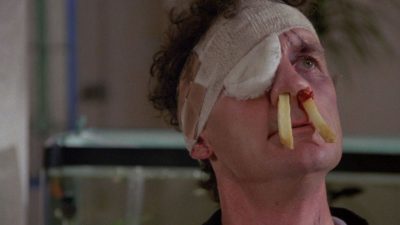

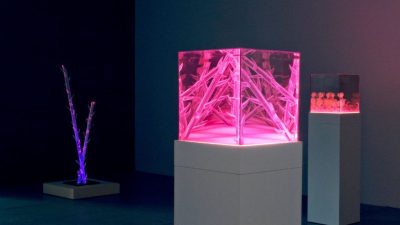
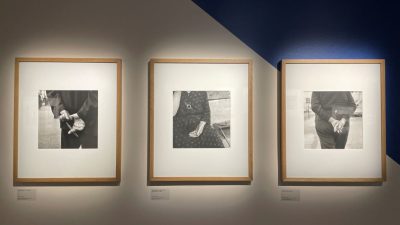










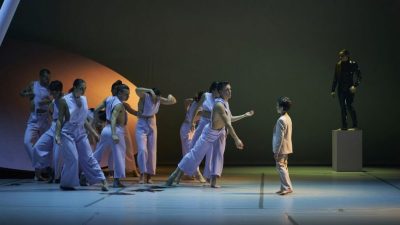





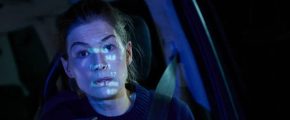
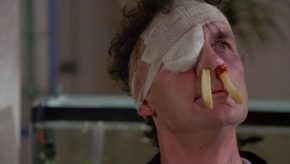

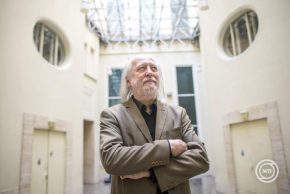
Comments
1 Responses to “Did the Nazis put their hand on our arm forever? – director Oliver Zahn on the art history of the outstreched arm”